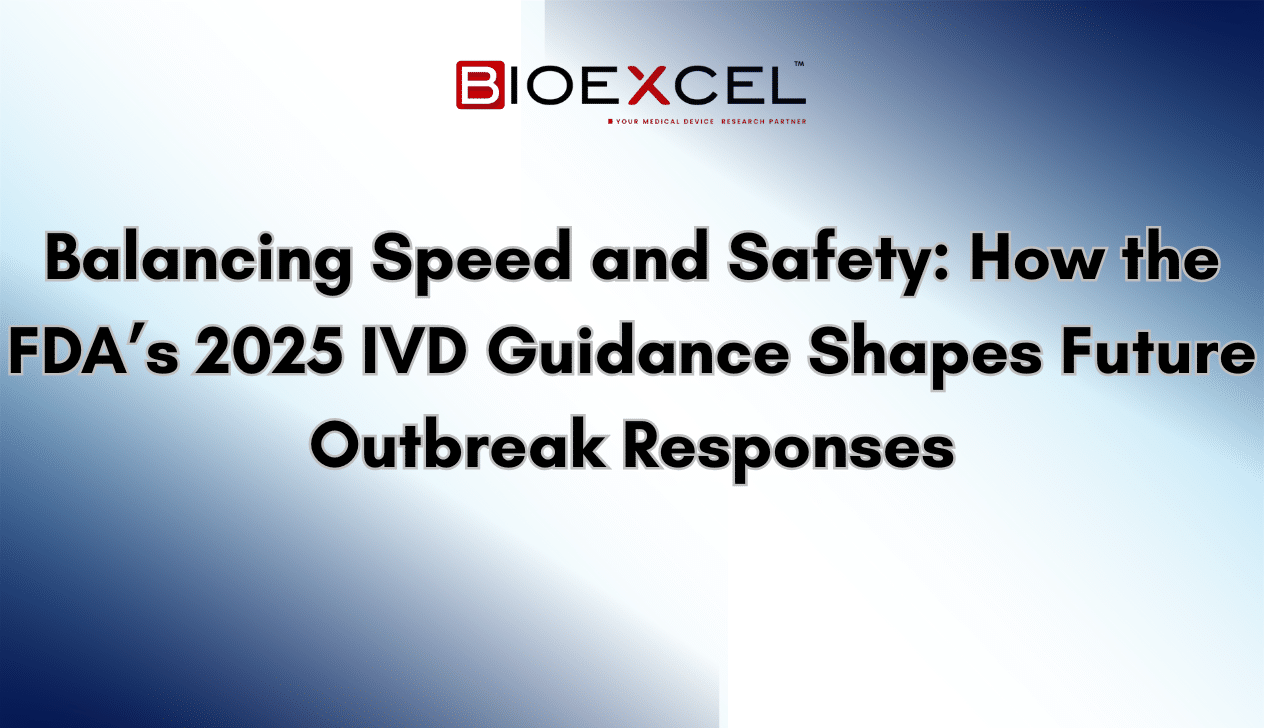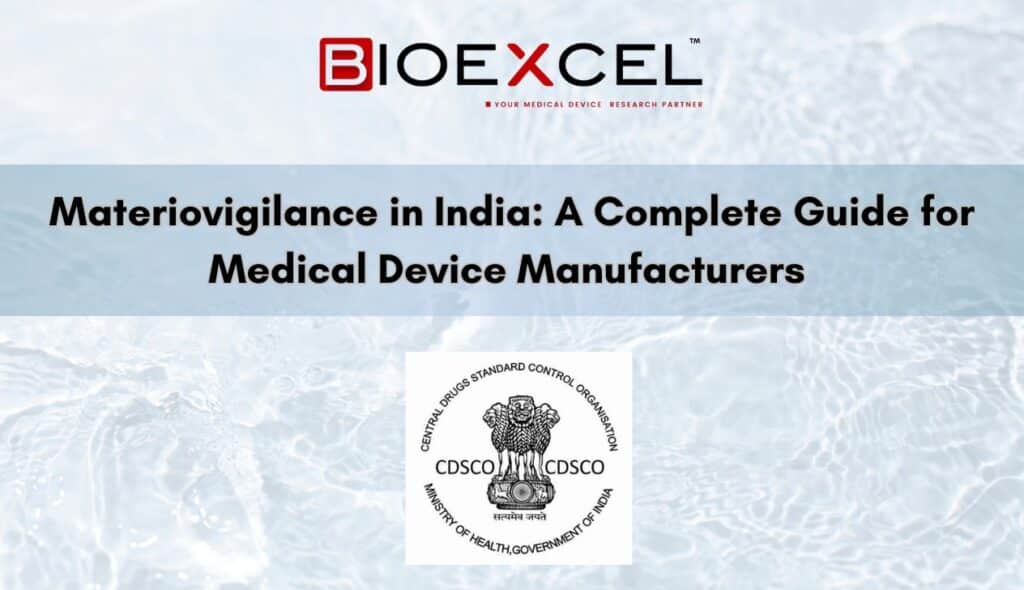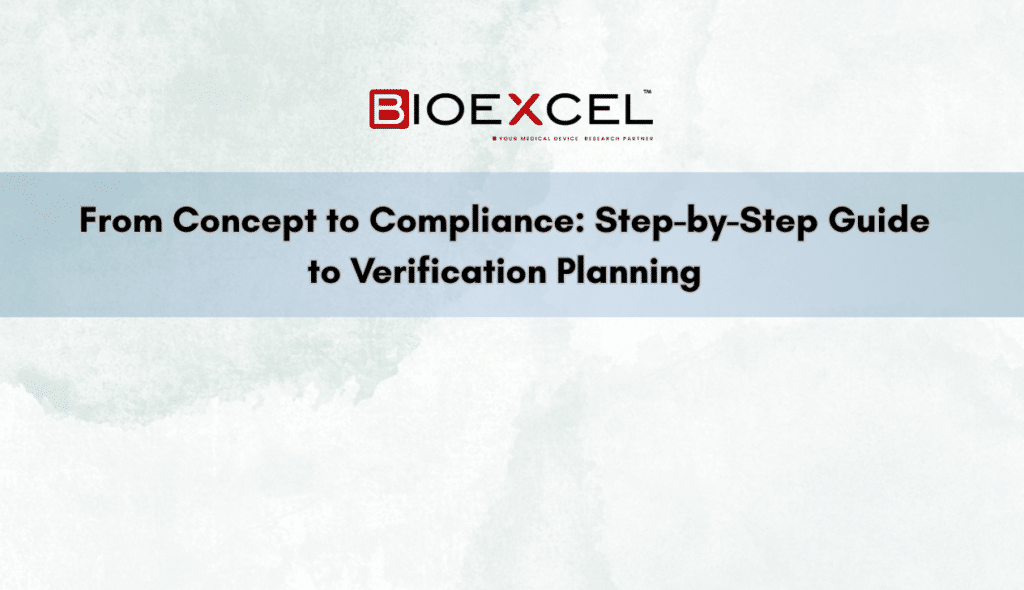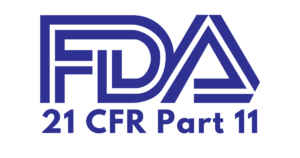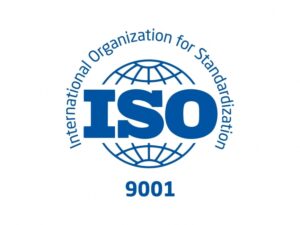Introduction
In September 2025, the U.S. Food and Drug Administration (FDA) finalised guidance detailing how it will authorise in vitro diagnostic (IVD) tests under emergency conditions. This move responds to longstanding calls for clarity in public health emergencies. The guidance aims to strike a balance—ensuring that rapid diagnostic tools are available when needed, while still safeguarding against unreliable results that can harm individuals or mislead public health strategies.
In this article, we’ll unpack what the new guidance entails, explore its implications for diagnostics manufacturers and laboratories, and consider its significance for future public health preparedness.
1. Background: Emergency Use Authorizations & Diagnostics
- The FDA already has authority under Section 564 of the Federal Food, Drug, and Cosmetic Act (FD&C Act) to permit emergency use of medical products (including IVDs) when certain criteria are met.
- However, until now, there was lesser certainty around how the agency would treat unapproved or unauthorized diagnostics during emergencies—especially regarding enforcement discretion (i.e., choosing not to enforce certain regulatory requirements).
- The new guidance replaces the earlier draft from May 2024 and establishes a permanent policy on how the FDA will handle IVDs in public health crises.
2. Key Provisions in the Final Guidance
Here are the major takeaways from the guidance:
| Topic | What the Guidance Says |
|---|---|
| When IVDs may be allowed | The FDA may permit the use of IVDs (even if unapproved or unauthorised) during a declared emergency when benefits outweigh risks and alternatives are limited. |
| Factors considered | The agency will weigh public health urgency, risk vs. benefit, alternative diagnostics, and mitigation strategies (e.g. control of false positives/negatives) |
| Enforcement discretion | The document describes when the FDA may choose not to enforce certain regulatory requirements for IVDs, under Section 564. |
| Risk mitigation expectations | Manufacturers will be expected to provide plans to manage the risks of inaccurate results, including monitoring, validation, and quality controls. |
| Adjustments over time | The guidance indicates that the FDA’s policy of enforcement discretion may evolve during the emergency, depending on performance data and real-world experience. |
3. Implications for Stakeholders
- Diagnostics Manufacturers / Test Developers
- More predictable pathway: now there’s a clearer framework to aim for during emergencies.
- Need to maintain strong validation and quality systems to justify risk mitigation strategies.
- Opportunity for faster deployment of novel diagnostics in crises.
- Clinical Laboratories / Health Systems
- More clarity on how labs might legally adopt unapproved tests in emergencies.
- Must be vigilant about false results and their downstream consequences.
- Regulatory & Public Health Authorities
- Helps agencies coordinate better during crises, knowing where the FDA’s boundaries are.
- Data gathered from IVD performance under EUA or enforcement discretion can inform future regulation.
- Patients & Public
- Faster access to diagnostic tools during outbreaks.
- But also need confidence that tests used are reliable and that oversight mechanisms are in place.
4. Challenges, Risks & Things to Watch
- False positives / negatives: In emergencies, poorly performing diagnostics can mislead public health measures or harm patients.
- Transition post-emergency: After the declared crisis ends, how will products be handled? Will they need full approval?
- Resource & capacity constraints: Scaling manufacturing, supply chains, quality oversight under pressure.
- Global harmonization: Many countries also grapple with emergency IVD use—alignment or divergence across regulatory systems will matter.
- Continuous adaptation: As new pathogens emerge, the framework may be tested in scenarios not foreseen by the guidance.
5. Why This Matters—A Forward Look
- This guidance provides regulatory certainty in moments when time is critical.
- It reflects lessons learnt from past public health emergencies (e.g., COVID-19).
- Countries and regulators elsewhere may look to this as a model when updating their own emergency diagnostic frameworks.
- In the next outbreak, this clarity could mean lives saved, faster containment, and less chaos in deploying diagnostics.


